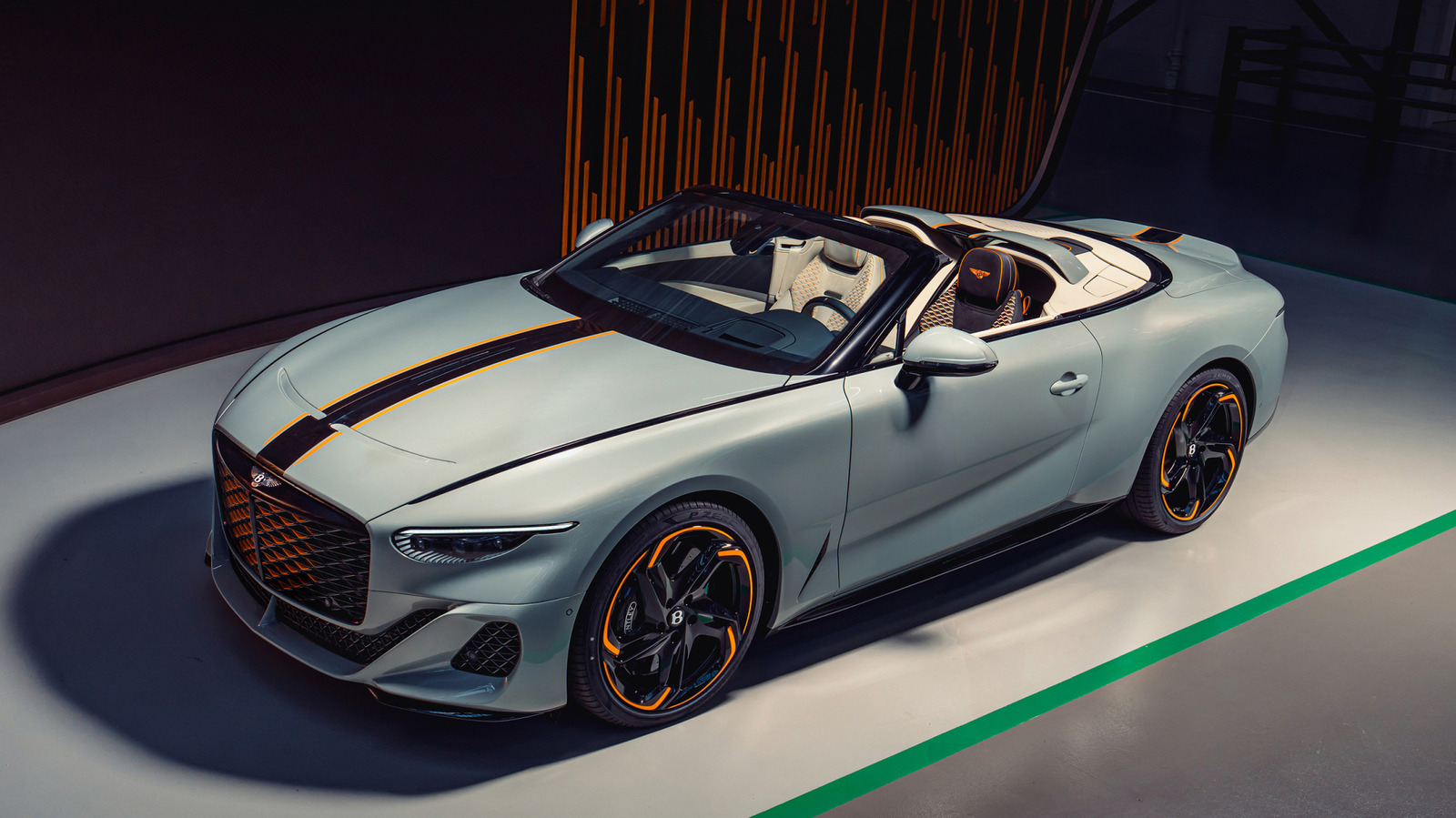Why Are So Many Bentleys Customized by Mulliner?
If you’ve ever wondered why nearly three out of every four Bentleys leaving the Crewe factory have passed through the hands of Mulliner, you’re not alone. The answer comes down to what luxury means today. For Bentley buyers, it’s not just about owning a prestigious badge—it’s about making a statement that’s uniquely theirs. Mulliner, Bentley’s in-house customization division, is where that vision comes to life. From bespoke paint colors to hand-stitched interiors, Mulliner transforms each car into a one-of-a-kind masterpiece. The demand for this level of personalization has soared, with 75% of new Bentleys now featuring some form of Mulliner touch. And according to industry insiders, that figure is only set to climb.
What Does Mulliner Customization Actually Offer?
Let’s break it down. Mulliner isn’t just about fancy trim or a few extra gadgets. We’re talking about a nearly limitless palette of options. Want your initials embroidered into the headrests? Done. Dreaming of a picnic set crafted from the same leather as your seats? They’ll make it happen. Some clients have even requested wood veneers sourced from trees on their own estates. The Mulliner team includes master artisans—some with decades of experience—who can translate even the wildest ideas into reality. It’s coachbuilding for the modern era, blending old-world craftsmanship with cutting-edge technology.
How Is Bentley’s Approach to Luxury Evolving?
There’s a fascinating shift happening in the world of high-end cars. While many automakers chase the latest tech trends, Bentley is doubling down on tradition. The company’s leadership has been vocal about prioritizing coachbuilding and craftsmanship over gadget overload. The thinking is simple: true luxury isn’t about having the most screens or sensors—it’s about exclusivity, heritage, and the human touch. This philosophy resonates with Bentley’s clientele, who are often less interested in digital bells and whistles and more focused on timeless design and personal expression.
What Sets Mulliner Apart from Other Customization Programs?
Plenty of luxury brands offer customization, but Mulliner stands in a league of its own. For starters, the division’s history stretches back to the 18th century, when it was building horse-drawn carriages for British nobility. That legacy carries real weight. Today, Mulliner’s craftspeople still use traditional techniques—like hand-polishing wood and meticulously matching leather hides—alongside modern tools. The result? Pure magic. Each car is a rolling work of art, tailored to the owner’s exact wishes. It’s not just about ticking boxes on a spec sheet; it’s about co-creating something genuinely special.
Are More Buyers Opting for Customization—and Why?
The numbers speak for themselves. According to recent data from Bentley, 75% of its vehicles are now customized through Mulliner, a sharp increase from just a decade ago. What’s driving this trend? For many buyers, it’s about standing out in a world where even luxury can feel mass-produced. Customization offers a sense of ownership and pride that goes beyond the showroom floor. It’s also a smart investment: bespoke features can boost a car’s value and desirability on the secondary market. And let’s be honest—there’s a certain thrill in knowing your Bentley is truly one of a kind.
What Does the Future Hold for Mulliner and Bentley Customization?
Looking ahead, all signs point to even greater demand for Mulliner’s services. As global wealth grows and tastes become more individualized, buyers are seeking deeper ways to express themselves. Bentley has hinted at expanding Mulliner’s capabilities, possibly introducing new materials, finishes, and even digital customization tools. There’s talk of collaborations with artists and designers outside the automotive world, pushing the boundaries of what a luxury car can be. The goal? To make every Bentley as unique as its owner.
The big takeaway? Personalizing a Bentley through Mulliner isn’t about perfection—it’s about smarter adjustments. Start with one change this week, and you’ll likely spot the difference by month’s end.


